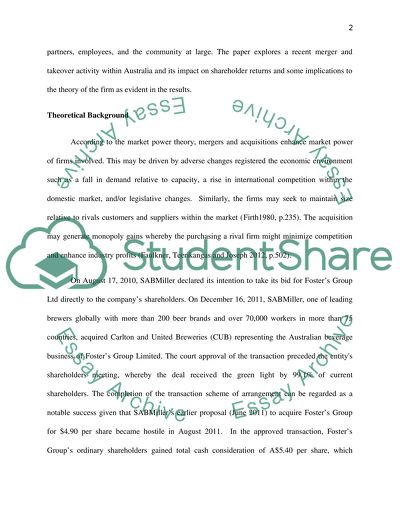Cite this document
(“Mergers and Acquisitions Case Study Essay Example | Topics and Well Written Essays - 2250 words”, n.d.)
Retrieved from https://studentshare.org/finance-accounting/1470955-mergers-and-acquisitions-case-study
Retrieved from https://studentshare.org/finance-accounting/1470955-mergers-and-acquisitions-case-study
(Mergers and Acquisitions Case Study Essay Example | Topics and Well Written Essays - 2250 Words)
https://studentshare.org/finance-accounting/1470955-mergers-and-acquisitions-case-study.
https://studentshare.org/finance-accounting/1470955-mergers-and-acquisitions-case-study.
“Mergers and Acquisitions Case Study Essay Example | Topics and Well Written Essays - 2250 Words”, n.d. https://studentshare.org/finance-accounting/1470955-mergers-and-acquisitions-case-study.


